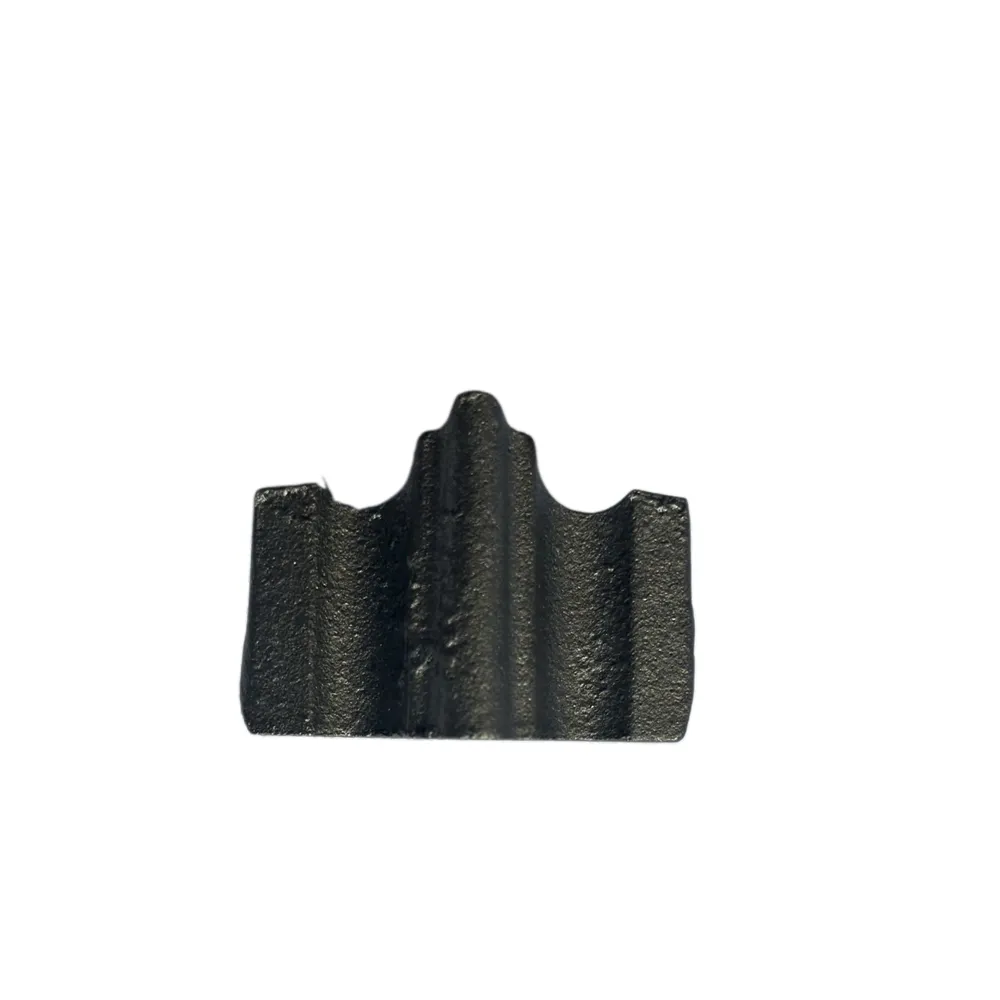decorative finials
The Art of Decorative Finials A Comprehensive Overview
Decorative finials are elegant accents that can be found adorning a variety of architectural structures and home furnishings. From the tops of curtains to the peaks of roofs, finials serve both aesthetic and functional purposes. They are not merely decorative elements; they encapsulate a story of craftsmanship and style that enhances the character of any space.
Historically, finials can be traced back to ancient civilizations where they were used to signify the importance of a structure or to symbolize power and protection. In medieval architecture, for example, finials adorned cathedrals and castles, often taking the form of intricate stone carvings representing saints, gargoyles, or mythical beings. These striking features not only elevated the visual appeal of buildings but also served to ward off evil spirits, making them a blend of art and superstition.
In contemporary design, finials continue to thrive, finding their way into various domains including home decor, garden design, and commercial architecture. For curtain rods, finials are available in countless designs—from simple spheres to elaborate figures. They can transform a plain window treatment into a focal point of a room, offering a flair of sophistication or whimsy based on the chosen design. The materials vary widely, including wood, metal, glass, and ceramic, enabling homeowners to select pieces that best match their interior aesthetics.
Finials are not limited to interior spaces; they also play a significant role in landscaping. In gardens, finials can be found atop fence posts, garden gates, and trellises, adding an air of elegance and charm. Often crafted from wrought iron or treated wood, these outdoor finials can withstand the elements while enhancing the visual appeal of landscapes. They can serve as a subtle cue to define spaces, guide visitors, or mark prominent features within the garden, reflecting the owner’s personal sense of style.
decorative finials

In the realm of architectural design, finials hold important significance as well. They can be seen at the apex of roofs, spires, and even at the ends of gables. Not only do they enhance the silhouette of a building, but they also serve a practical purpose by acting as a pinnacle that deflects water and debris, preventing damage to the structure's integrity. Classic materials for architectural finials include stone, metal, and sometimes glass, which bring an additional layer of depth to the building’s design.
When selecting decorative finials, it is essential to consider the overall style and theme of the space. A modern minimalistic home might benefit from sleek, understated finials that complement clean lines and a neutral palette. In contrast, a traditional home may embrace more ornate finials in rich colors and intricate designs, reflective of heritage and craftsmanship.
The placement of finials also matters significantly. Careful positioning can enhance symmetry within a room or garden, drawing the eye to the focal points that are intended to catch attention. When used in pairs, as seen with curtain rod finials, they create a balanced look that adds depth and harmony to the design.
In conclusion, decorative finials are much more than mere ornamentation; they are rich in history, purpose, and artistry. Whether they are enhancing the elegant drape of a curtain, crowning a majestic rooftop, or adding charm to a garden trellis, finials embody creativity and personalization. Investing in quality finials means investing in the finishing touch that can elevate any design scheme, leaving a lasting impression and inviting admiration from all who encounter them. The world of decorative finials is one of endless possibilities, celebrating individuality and the timeless beauty of craftsmanship.
-
Wrought Iron Components: Timeless Elegance and Structural StrengthNewsJul.28,2025
-
Window Hardware Essentials: Rollers, Handles, and Locking SolutionsNewsJul.28,2025
-
Small Agricultural Processing Machines: Corn Threshers, Cassava Chippers, Grain Peelers & Chaff CuttersNewsJul.28,2025
-
Sliding Rollers: Smooth, Silent, and Built to LastNewsJul.28,2025
-
Cast Iron Stoves: Timeless Heating with Modern EfficiencyNewsJul.28,2025
-
Cast Iron Pipe and Fitting: Durable, Fire-Resistant Solutions for Plumbing and DrainageNewsJul.28,2025
-
 Wrought Iron Components: Timeless Elegance and Structural StrengthJul-28-2025Wrought Iron Components: Timeless Elegance and Structural Strength
Wrought Iron Components: Timeless Elegance and Structural StrengthJul-28-2025Wrought Iron Components: Timeless Elegance and Structural Strength -
 Window Hardware Essentials: Rollers, Handles, and Locking SolutionsJul-28-2025Window Hardware Essentials: Rollers, Handles, and Locking Solutions
Window Hardware Essentials: Rollers, Handles, and Locking SolutionsJul-28-2025Window Hardware Essentials: Rollers, Handles, and Locking Solutions -
 Small Agricultural Processing Machines: Corn Threshers, Cassava Chippers, Grain Peelers & Chaff CuttersJul-28-2025Small Agricultural Processing Machines: Corn Threshers, Cassava Chippers, Grain Peelers & Chaff Cutters
Small Agricultural Processing Machines: Corn Threshers, Cassava Chippers, Grain Peelers & Chaff CuttersJul-28-2025Small Agricultural Processing Machines: Corn Threshers, Cassava Chippers, Grain Peelers & Chaff Cutters












